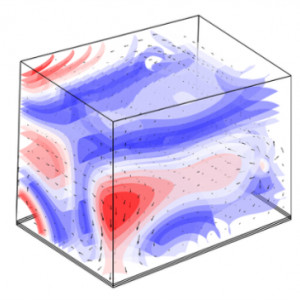 \
&
Contact us
\
&
Contact us
 \
&
Contact us
\
&
Contact us
Legal entities in Member States can participate and receive funding in all parts of Horizon Europe. However in some call topics, limitations or conditions may also be attached to those entities which are controlled directly or indirectly by entities from ineligible countries (Third Country) [Article 22.5 of the Horizon Europe Regulation].
In general legal entities in Member States can coordinate projects in all calls with the exception of calls under the widening and spreading excellence part of Horizon Europe. In these calls only the so called widening countries and outermost regions of Member States can coordinate projects.
N/A
All details regarding country eligibility is compiled in the infosheet “International cooperation".

The Marie Skłodowska-Curie Action (MSCA) European Innovative Training Network “PBNv2 - Next generation Pass-By Noise approaches for new powertrain vehicles” started in May 2017. Their research has the shared objective of investigating the possibilities to decrease pass-by noise of vehicles.
The project is a collaboration between 17 research institutions and companies in the European automotive R&D and provides a learning environment for 14 PhD fellows. The Belgian partner is the Noise and Vibration Research Group of KU Leuven, and this project is one of the many Horizon 2020 MSCA Innovative Training Networks that the KU Leuven research group participates in.